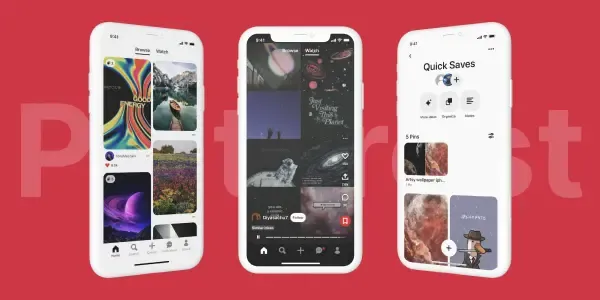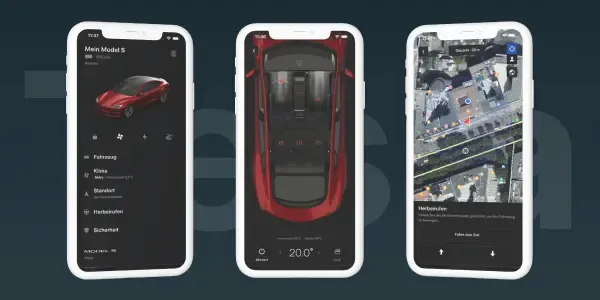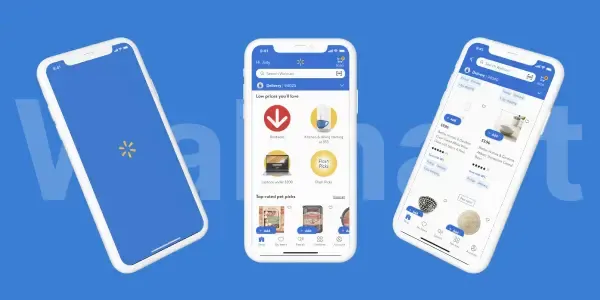It's the mobile-first era! In the age of digitalization, you can always be one step ahead. Want to know how? Stay tuned with us!
Over 235 million mobile app downloads are anticipated in 2022. Customers are more interested in apps than ever before, with mobile device users spending more than four hours per day on them.
As we venture into 2024, the mobile app market continues to expand rapidly. To remain competitive in this landscape, businesses must leverage cutting-edge development frameworks and technologies, such as React Native development services.
React Native is one of these open-source mobile frameworks, and it's the most fantastic solution for the future of app development. It significantly reduces load times while providing a user interface that is clean, dynamic, and fast. Without sacrificing functionality or quality, React Native enables developers to produce apps far more quickly and economically than they could with native development.
Sounds interesting, right? Wait till you see what the future holds for React Native.
The Future of App Developments And React Native
The Reason React Native Is Continuously Emerging:
The mobile application development market has been significantly reshaping business for some time now. Mobile applications are the recent "make or break it" in almost every industry.
Almost every business must combine the most recent advancements in mobile app development with an extension of its marketing strategy to gain traction toward maximal growth and effectively reach its target market.

Because of the innate language and API differences, creating cross-platform mobile applications is costly and time-consuming because you have to create two entirely different apps. Hybrid native mobile frameworks have thus emerged as the best choice for mobile programmers creating cross-platform mobile applications.
In conclusion, the reason why react native carries the future of app development can be summarized by 4 major benefit domains:
The Capacity To Create An App With A Single Codebase That Works On Both iOS And Android
Time And Money Savings
Support For Third-Party Integration
Creating Global Applications
IoT and cloud
AI and machine learning
5G networks
Mobile commerce
Wearables
Beacon technology
Advances in AR/VR technologies
PWAs and instant apps
Cross-platform development
Security in App development
Low-code development
Voice recognition
To test speed, particularly start time, Facebook began by translating iOS-only aspects of the Events Dashboard into React Native
The structure is much improved in 2024.
Since the launch of the framework, Facebook has included React Native in a growing number of its products.
A small-scope surface of the Topic Picker feature is being prototyped on both platforms.
The Gestalt set of React UI elements is utilized by the Pinterest web app because it adheres to the Pinterest design language.
The app manages Tesla device charging and enables battery % tracking.
Additionally, it controls the lighting, heat, and locks as well as the top of the vehicle.
The app allows you to remotely check the car's whereabouts.
Additionally, it provides the option of keyless entry and limits other drivers' access to your vehicle.
What Future Holds for React Native And App Developments?
We know user expectations will determine the following steps in creating mobile apps. When client expectations and market conditions abruptly shift, knowing the most recent trends in mobile app development and combining them with react native can help you pivot and stay one step ahead.
To be competitive, mobile software engineers and developers should be aware of the following trends and opportunities:
Keeping up with trends is crucial for the mobile app development industry to remain competitive. In 2021, react native will be the most compatible choice for technologies, including wearables, IoT, cloud, and 5G networks.
Still not convinced? Take a look at the top 7 React Native-built apps, all of which are prepared for 2024.
7 React Native App Developments to Look Out For in 2024
Let's begin with the apps that will continue to rule the Social Media domain in 2024- Instagram, Facebook, and Pinterest.
Instagram is a platform for sharing visual material on social networks. Users can upload, edit, and share photographs or videos with their audience using the service.

The following are the precise alterations and enhancements Instagram underwent once React Native was used:
Before being included in the framework, Instagram used WebView to construct its Post Promote functionality. Unfortunately, the UX and performance of the WebView engine made it seem too unfamiliar. However, post-Promote's overall display became faster and more dependable, all thanks to React Native.
The "saving posts" feature was designed and launched by Instagram and then adopted by other apps. This feature was also created by React Native, making it a groundbreaking advancement in social media app capabilities.
Along with other things, React Native was used to construct the Push Notification service, including its settings and Edit Profile functionality.
The outcome? Instagram is now among the greatest React Native apps, according to the developers, who acknowledge that React Native has increased the development pace by approximately 100%.
The most downloaded React Native apps are all Facebook apps. A news feed, likes, the ability to message friends directly, and the ability to reply to notifications are all features of the Facebook mobile app.

The way react native has navigated Facebook to the top can be summed up as shown below:
People use Pinterest, an image-sharing website and social media platform, to find motivation and ideas for their interests and hobbies.
In 2024, Pinterest will use the following React Native implementations:

Did you know? Through recent developments, react native and mobile applications have shifted to automobiles as well. The apps allow car owners to control their vehicles' locks, heat, and fuel levels and access security features like stolen vehicle trackers and maintenance reminders right through their phone screens. And guess what! The leading name in automobiles, Tesla, chose React Native programming to build their own mobile app.
Tesla
Tesla, a leader in the development of electric vehicles, is committed to using renewable energy sources, highlighted in its cars. The company inspired the world to switch to alternative fuels with the introduction of the first electric automobile in 2009, and since then has been offering ground-breaking solutions.

A mobile application written in React Native was created to control four different Tesla vehicle models and the Powerwall battery:
Due to the increase in e-commerce, related mobile applications had to be created to speed up access to these platforms. As a result, the apps have gradually surpassed the original website in importance for certain operators. Airbnb is one such application that uses React native.
Airbnb
A marketplace for housing, homestays, and holiday rentals is called Airbnb. The choice to use Reactive Native for the app gave Airbnb access to many incredible features in 2024.
First off, the app can now deliver new features to users of several devices at once to keep up with demand.
Additionally, additional services have been offered by Airbnb in a specific area. The experience department offers various activities, such as culinary lessons and custom mini-tours.

Walmart
Walmart has more than 10,000 retail locations worldwide, making it the largest firm in terms of sales. Walmart opted to update the supermarket app with React Native as it began participating in live commerce. By the time the process was finished, React Native made up practically all of it.

Due to this choice, the company improved page transition performance, achieved smooth animation, shared the majority of the code throughout several platforms, and ultimately increased its market share in 2024.
React native also has it’s hand stretched out to communication apps. The best example is discord.
Discord
Discord promotes communication within communities and works to bring them together. Discord is not only a chat program. With Discord, you may make video calls and send instant messages.

Discord was able to give users the ability to identify who from their community is available and reach out without interrupting anyone with a call thanks to the support of react native.
Additionally, text, voice, and video communication are supported by the react native implementation.
Without a doubt, the "Write once, run anywhere" tenet has made app development quick and easy for both users and developers, making it the way of app development in the future.
Wrapping Up: React Native Is The Future
You might be wondering why you should use React Native over other mobile development frameworks if your goal is to create mobile apps. There are many advantages to using React Native when developing mobile apps. To keep up with the escalating demand for fresh content, apps are being created more quickly than ever.
In such a setting, constant innovation is the only way to stand out. You need to stay current with mobile app trends whether you work as a developer or own a firm that has a mobile app. Today's consumers expect services to include apps with user-friendly interfaces and react native offers the variety, simplicity, and ever-growing innovations that the future will need.

